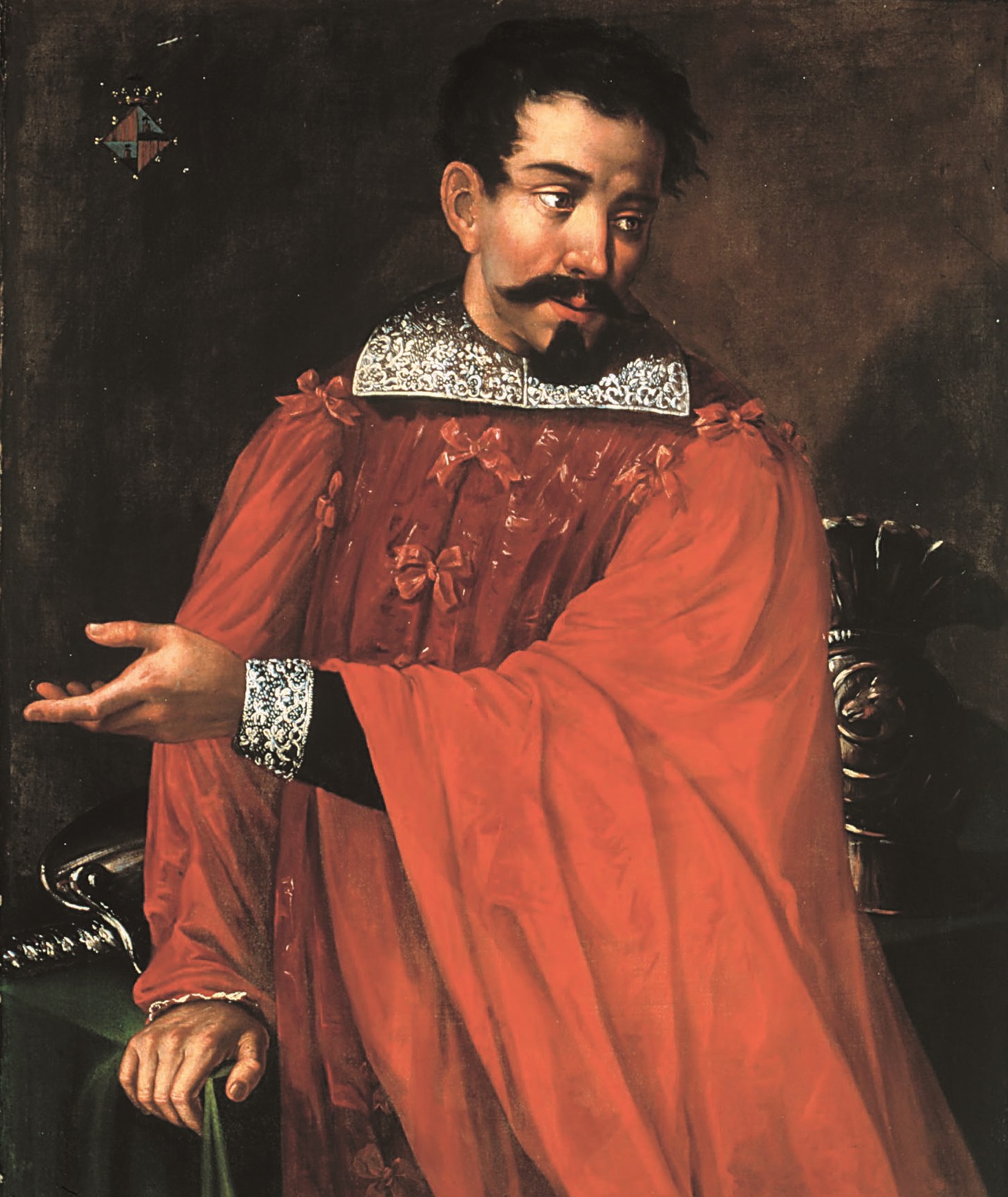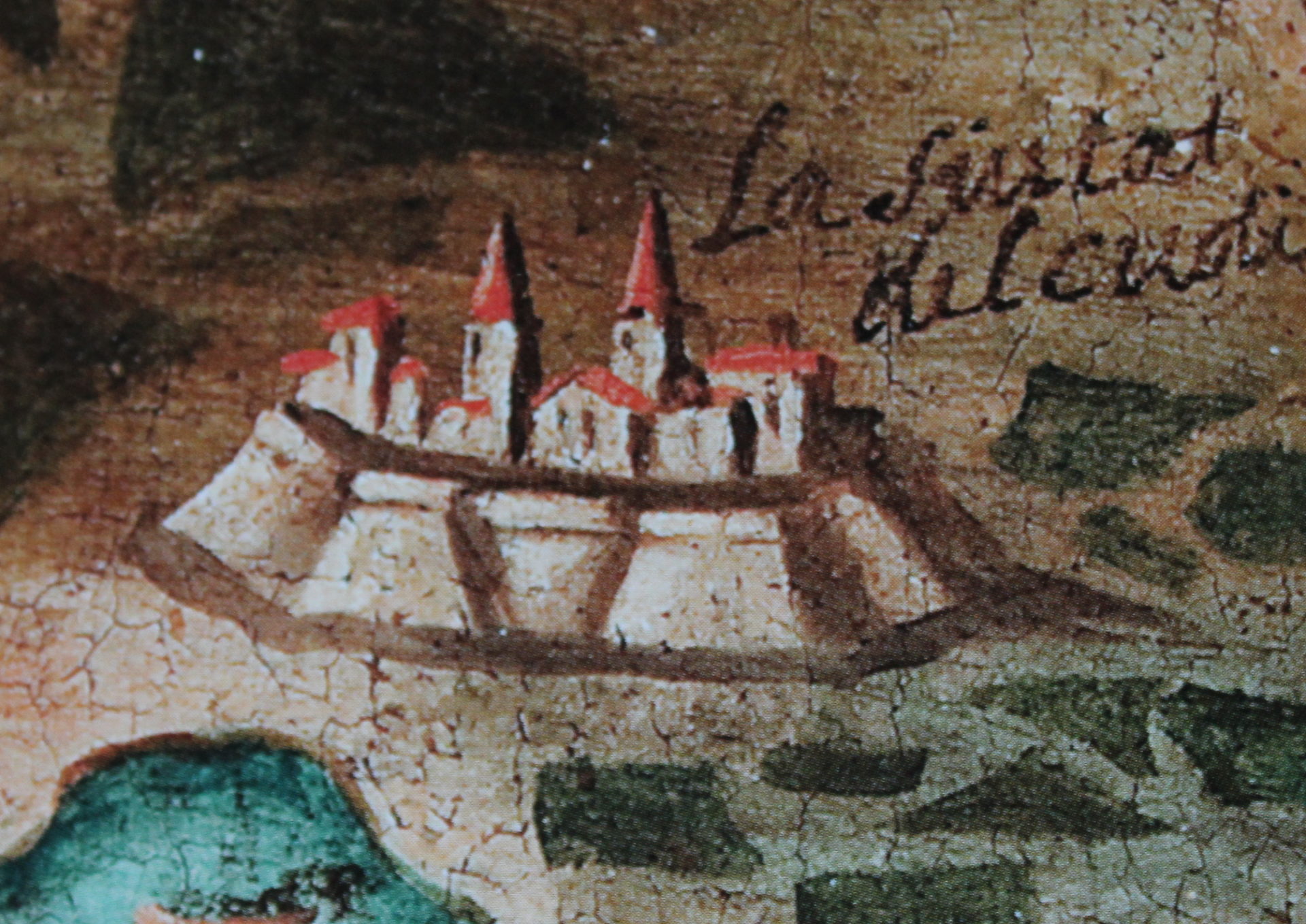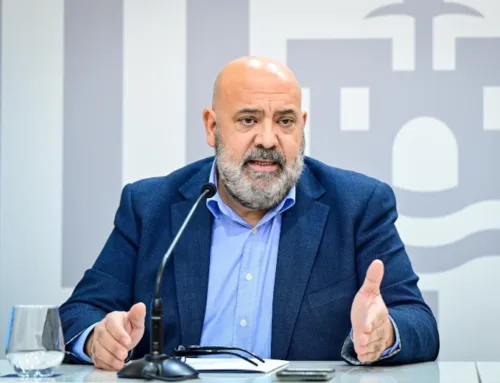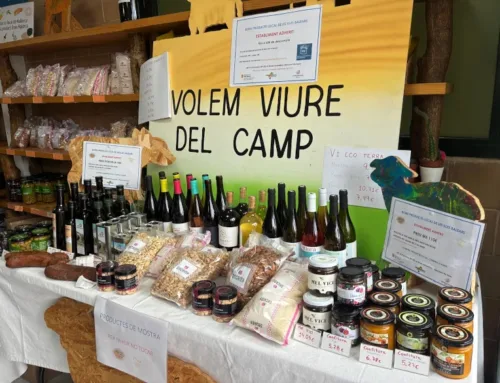Text: Bartomeu Bestard.
Photos: Arxiu Municipal de Palma.

Pintura de Joanot Colom, cuya cabeza se expuso en la Porta Pintada durante muchos años.
“La Germania” (The Revolt of the Brotherhoods) is the name given to the revolt which took place in Mallorca at the beginning of the 16th Century. Since the second half of the 14th Century, the kingdom of Mallorca was mired debt and the financial pressure fell in large part upon on the people of “La Part Forana” (rural areas), mostly peasants, and on the working class of Palma, who were overseen by the city’s guilds. In 1520 Mallorca suffered a severe economic crisis. During the summer of that same year, word of the Valencian Germania reached the port of Palma. A seditious atmosphere, only strengthened by constant conspiracies was falling over the kingdom. On February 6th, 1521, after receiving a tip, the viceroy of the Island, Miquel de Gurrea, ordered the arrest of a group of people preparing a plot against the Crown, led by Joan Crespí and including Joanot Colom. These arrests would trigger an insurrection.
The following day a mob of guild craftsmen armed with muskets, pikes and crossbows easily seized Almudaina castle and with it, command of the kingdom, forcing Gurrea to free the prisoners. This was how La Germania began. Fearful, the civilian oligarchy, known as mascarats, fled North, finding refuge in the walled city of Alcúdia. Peasants from all over the island flocked to La Germania … while the viceroy was forced to flee to Ibiza.
Intending to reorganize the kingdom, on April 16th, the rebels instituted a new council: the Consell dels Tretze (la Tretzena), (The Council of Thirteen or, The Thirteen) established by Joan Crespí and made up of nine representatives from the city’s craftsmen and four from La Part Forana. Among the grievances which the new council had to address, the fair and balanced distribution of taxes was of most import, particularly where concerning the mascarats. However, sheltered behind the walls of the realm’s many castles and fortresses, the mascarats refused to pay what the Consell dels Tretze demanded.
Violence followed soon after. On July 29th, with the help of artillery, the mob stormed the Bellver castle where some nobles had been taking refuge. They left none alive. The insurgents also moved to take the castle of Santueri, but this time the mascarats were able to resist them.
Following that Summer, the discontent of the “agermanats” (The Brotherhood) worsened. On September 23rd, Joanot Colom deposed Joan Crespí as the head of the insurgency. Crespí was locked up in the Torre del Ángel of the Almudaina castle, where he was later assassinated by Francesc Colom, brother of the new leader. Joanot Colom would now take dictatorial control over La Germania
Colom deemed that he had to get rid of the island’s nobles and bourgeois, most of which were refugees in Alcúdia. He, therefore, headed North, having the agermanats attack nobles’ estates on the way.

Antigua pintura al óleo de Alcúdia

Dibujo del término municipal de Palma en tiempos de la Germania
Contrary to the insurgents’ expectations, however, the siege of Alcúdia was a failure. For the first time since the conflict broke out, the mascarats felt strong. The nobility wasted no time and was quick to organize a counterattack. Troops were mobilized from Ibiza (led by Miquel de Gurrea) and from Barcelona (with the help of the Generalitat). For his part, the king sent Juan de Velasco in command of four galleys to “remedy the disturbance on the Mallorcan isle.” Velasco’s fleet appeared in the bay of Palma on October 13th, 1522. Aboard were two thousand men-at-arms under the orders of Ramon Carròs de Vilaragut. The fleet anchored for two days, during which three parlays took place between Velasco and the agermanats to try to negotiate an accord. However, no understanding could be reached.
The fleet weighed anchor and made for the bay of Alcúdia. On October 24th Royal assault was ordered. It began, attacking Pollença. There, women, children and the elderly sought refuge in the church, but the troops, rather than respecting the sanctuary, burned it down along with all inside.
Dread spread like wildfire among the rest of the island’s settlements, who surrendered in quick succession. As Carròs de Vilaragut’s troops advanced towards Palma, hundreds of agermanats were hung by the roadside. Ciutat became the last refuge of the rebels. The siege began at the beginning of December. Three months later the situation inside was unsustainable. The city capitulated on March 7th, 1523.
Viceroy Miquel de Gurrea settled in the Bellver castle — now repurposed as a prison — and from there he would spread oppression across Mallorca. Those sentenced to greater crimes were dismembered and, as an example to others, their mutilated bodies were hung in the streets for all to see. The most famous execution was that of Joanot Colom, whose head was exhibited on the Porta Pintada of the walls of Palma for centuries.







Leave A Comment